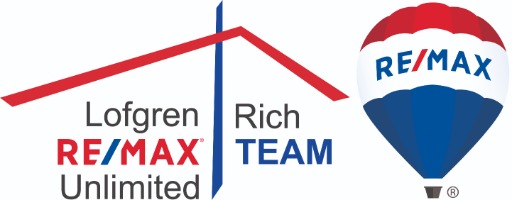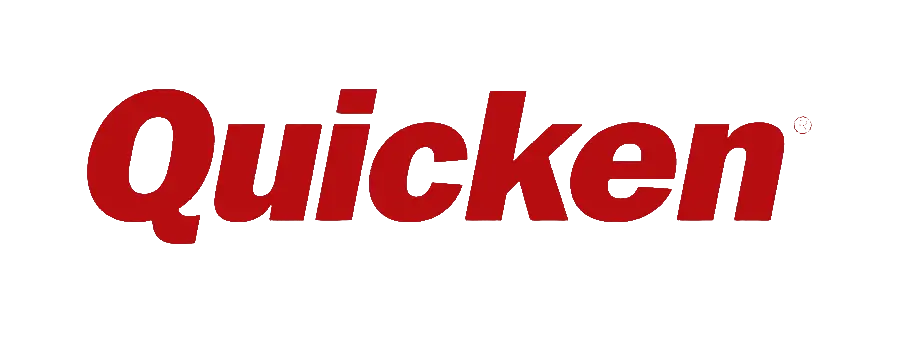Quicken logo
Chingke.
Did you hear that?
Chingke.
I know that noise.
Chingke.
It takes me back to 1986, when I entered my mom’s checkbook into Quicken’s delightfully green DOS check register.
Chingke. Back to 1996 when I entered my business invoices into QuickBooks and they looked like an actual piece of paper on the screen.
Chingke. Back to 2006 when I entered my rental income into Quicken Home and Business.
Chingke. Back to 2016 when I entered my investment transactions into Quicken Premier.
Chingke. Back to last Monday when I entered our club members’ dues payments into Quicken Classic Business and Personal.
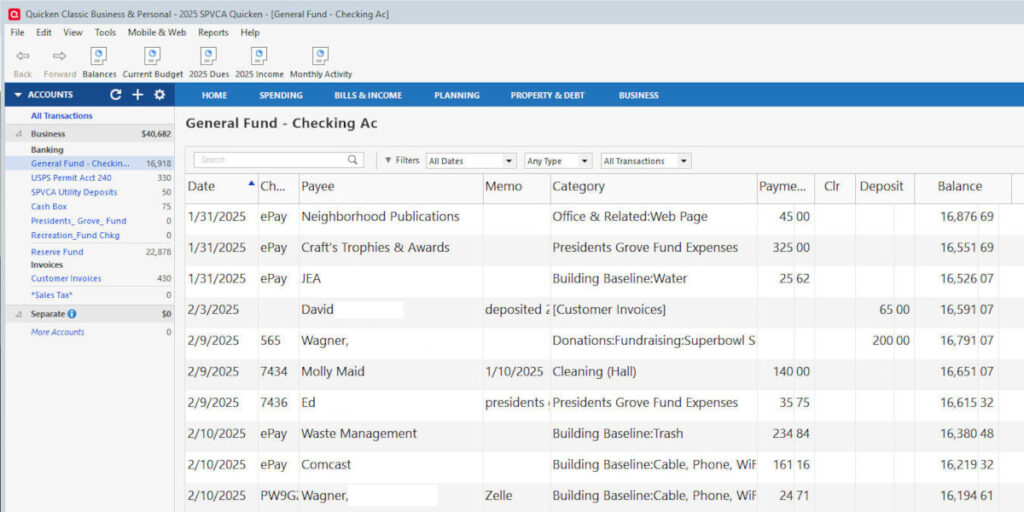
Why I Quicken
Call it what you want. Quicken has held much of the world together since it was invented. Other products have tried to steal market share. Peachtree Accounting was powerful and beautiful, but it was too… accountantish. Microsoft Money was practically free, but it was too… I don’t even know because I never gave it a second glance. Even Quicken’s own mobile app, Simplifi, is too… mobile. Let me know when board meetings consist of people sitting around a conference table looking at their phones, or when a side-by-side comparison is better on a small screen. No, Quicken and QuickBooks have kept me straight for my entire adult life. I can’t live without at least one of them.
Why?
Chingke.
That’s why. That sound is Quicken saying, “I got this.” And my heart says, “I know you do.” After 40 years, I still believe.
I’m not the only Quicken diehard on the planet. Far from it. I remember the day in 2018 when I received my usual email from Quicken’s CEO, Eric Dunn. Even those emails are always a pleasure to read. He speaks as a diehard to the whole community of diehards. Most of us would stretch a copy of Quicken out for three, five, even ten years before buying the latest version. It already did what we wanted. Why upgrade? But in 2018, Eric explained that it was best for the strength and longevity of the company to move to a subscription model. I hated being forced to spend that money every year just to stay current. It was happening in all of my computer programs. When it happened at Quicken, though, Eric showed that a company depends on its customers. I gladly became a supporter of something that had always supported me.
Long before 2018, paper checks were so rare in my world that I stopped typing transactions into Quicken. Ever since then, I just click the Quicken One-step Update button and watch all of my credit card purchases pour in from the bank accounts. Then I accept them into each account’s Quicken register one at a time, making sure they have the right category assigned.
Then paper checks came back into my life. In 2021, I became treasurer of a nonprofit supported by membership dues. I inherited the bookkeeping in a 2010 copy of Quicken. My heart swells just thinking about it. It was a handoff from one Quicken diehard to another. It even included a separate Excel spreadsheet to keep a running list of member dues paid. That’s because Quicken leaves some business functions for the QuickBooks market share. In fact, had this been a FOR profit organization, QuickBooks would be the wise choice to maximize efficiency for profitability. But a little community nonprofit? We contribute our time to reduce expenses.
The 2010 Quicken database I inherited opened up just fine in my 2021 copy of Quicken. I spent several hours creating customers in Quicken and adding fake invoices for every dues payment in the last and current years. Viola! We now have a running list of paid-up members in Quicken. The Excel file has retired.
Maybe an equally wonderful software application has come along for nonprofits. I have no desire to look. I pay $130 per year for my personal subscription to Quicken. I pay another $130 per year for the club’s subscription, but I only have one instance of the software. I just switch data files from inside the program. The other board members are free to open up our database on their own computers. I post an updated copy every Monday night.
How I Quicken
How exactly do I update that data? As I said, my personal data is downloaded from my banks. But I still enter transactions manually for the non-profit. I don’t want to wait for those transactions to clear the bank.
Chingke. I enter the handful of bills I paid.
Chingke. I enter the two or three dues payments we received.
Moments later, I click a button on my customized toolbar that says Monthly Activity. A paper-looking report pops up and lists every income source followed by every expense category, totaled out for each of the last three months. If I want to see the whole year, I click the date range button and select Year to date. Or last year. Or both.
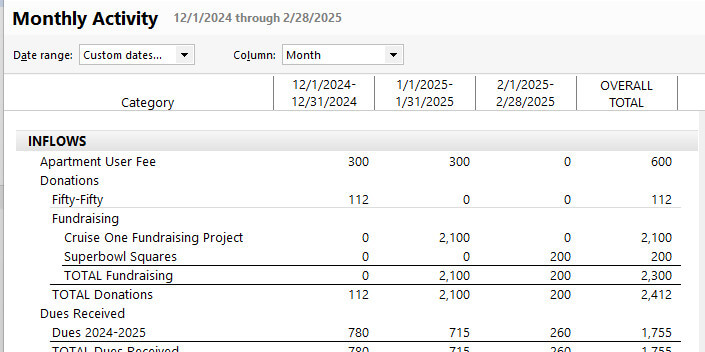
If the current month is in line with the previous two months, I’m ready to upload the data file to OneDrive. Ron will download it Tuesday to his computer so he can see any new members who have paid dues and add them to our communications. Maybe President Glenn will download it, too, and pull reports for those budget issues he was curious about. VP Bob might download it and browse our insurance history as he shops for renewals.
In a few days, the bank statement will be available online. I’ll open it on my computer and drag it to the left half of the screen. On the right half, I’ll click one transaction at a time in the Quicken Reconciliation window. If I match them all up correctly, Quicken will show a discrepancy of zero. If there’s a discrepancy, I’ll find and fix it, then click Done on the reconciliation screen. Quicken will place an R in the check register for every transaction that I reconciled. When my books agree with the bank, I feel pretty legit as a Treasurer.
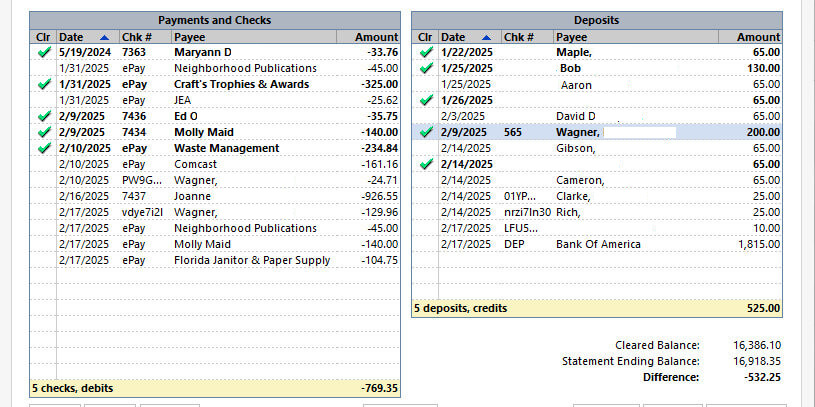
On the 31st, I’ll run the month-end Treasury reports for the board meeting and email the PDF to the board. Joann will compare the social income with the social expenses to make sure we are breaking even.
If I’m being honest, the pricey QuickBooks would save me a little time and make the board happier with the budget report. But we must keep our dear old clubhouse standing strong with our miniscule dues fee. I wouldn’t want to hit the checking account with the QuickBooks price tag. Quicken is the little engine that could, and does.
Yep, Quicken has kept me straight my entire adult life. And that goes for the non-profit books I am responsible for.
Your turn
If you’d like to give Quicken a try for your nonprofit, here is their signup page. You can try it on for a year for $130. I’m sure it will win your heart.
If you want help setting it up, I charge $50/hour. Drop me a note here.

